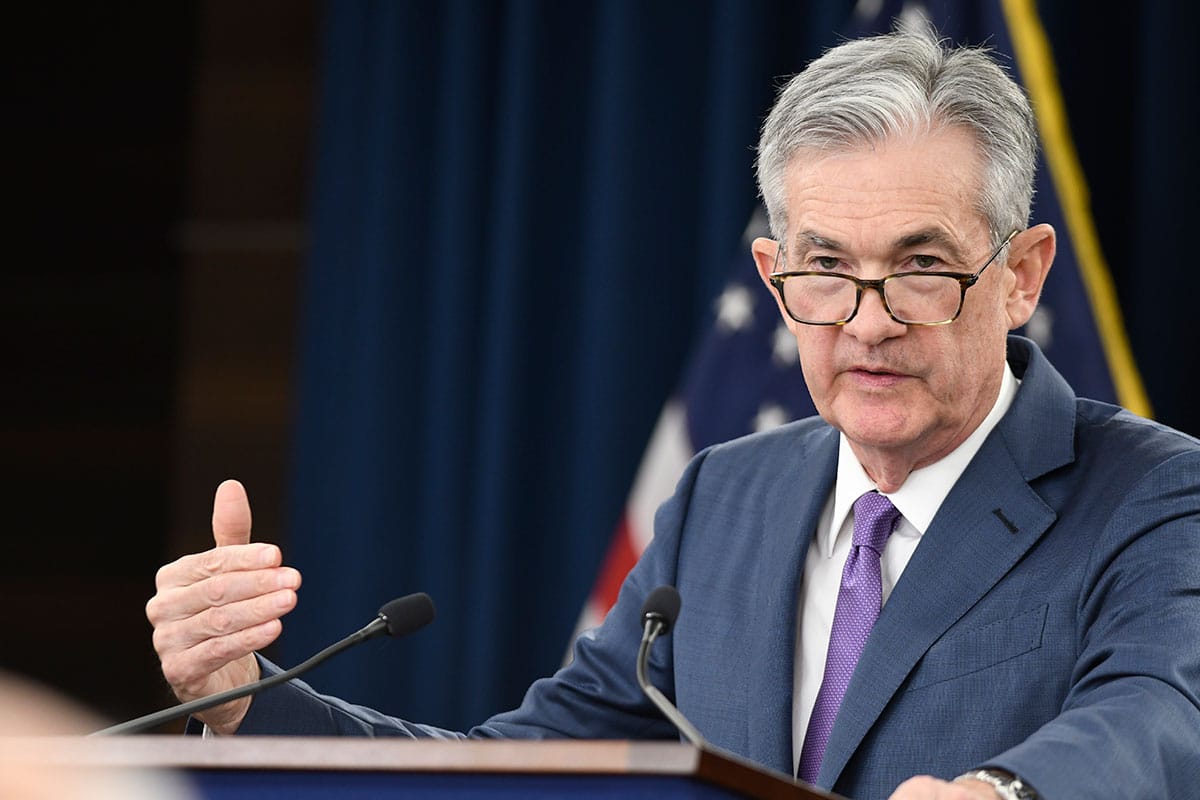The U.S. Federal Reserve is set to hold its sixth meeting of 2023 from September 22-24. At the meeting, Fed officials will discuss current economic conditions and reach a decision about whether or not to make an adjustment to the federal funds rate – often referred to as “the interest rate.” Following those meetings, the agency will announce its decision.
After its last meeting in July, the Fed announced that it was increasing the funds rate to 5.25%-5.50%, its highest rate since 2001. This marked the 11th rate hike over a period of 16 months. At the upcoming meeting in September, the agency could decide to once again raise rates or to hold rates where they are, as it did in June. A decision to lower rates is highly unlikely.
Will the Fed Issue a Rate Hike at the September Meeting?
According to most analysts, the Fed will make a decision to hold on the current funds rate at the September meeting. The CME FedWatch tool, which tracks predictions about Federal Reserve decisions, gives the decision to skip a rate hike at the September meeting a 97% probability.
However, a decision to hold isn’t entirely a done deal. In a speech at an economic policy conference sponsored by the Federal Reserve Bank of Kansas City, Chair of the Federal Reserve of the United States Jerome Powell didn’t rule out another rate hike.
“At upcoming meetings, we will assess our progress based on the totality of the data and the evolving outlook and risks,” he said. “Based on this assessment, we will proceed carefully as we decide whether to tighten further or, instead, to hold the policy rate constant and await further data.”
At the September meeting, Fed officials will go over economic data and consider the potential impact of either raising the rate again or keeping it where it is. The U.S. Bureau of Labor Statistics (BLS) just released its latest consumer price index (CPI) report, which tracks inflation, on September 13. The report states that the CPI for All Urban Consumers (CPI-U), which is what is generally referred to as “the inflation rate,” increased by 0.7% in August. It also affirms that inflation year-on-year increased by 3.7% between August 2022 and August 2023.
This report will play a major role in the Fed’s decision about the funds rate. While the monthly inflation rate is well below Powell’s stated goal of 2%, the annual inflation rate still exceeds that target.
How Will the September Fed Meeting Affect Auto Loan Rates?
A decision to hold at the current rate of 5.25-5.50% would likely mean that average auto loan rates would also hold steady. Similarly, a decision to increase the funds rate would likely translate to an increase in auto loan rates for both new and used car financing. Historically, consumer lending rates have been directly tied to the federal funds rate.
The series of rate hikes that the Fed has implemented since March 2022 have substantially increased consumer auto loan rates. In February 2022, one month prior to the initial rate hike, the average rate on a 60-month new car loan was 4.52%. By May 2023, that rate reached 7.81% – a 72.7% increase.
These rate increases, along with soaring new and used car prices, have been a major factor in the current affordability crisis in the auto industry. Car buyers have been forced to take on higher-interest loans to pay for more expensive vehicles, greatly increasing the cost of buying a car and the amount of interest paid on that loan.
Will Auto Loan Rates Go Down in 2023?
Based on current projections, it is unlikely that auto loan rates will go down by the end of the year. While the threat of a recession appears to be receding and inflation has dwindled, Fed officials have indicated that they will continue to proceed with caution for the time being. The agency’s stated intent has always been to reduce inflation to 2%, which has yet to happen. In his August speech, Powell said that policymakers won’t begin lowering rates until it is clear that inflation is completely under control.
“Although inflation has moved down from its peak – a welcome development – it remains too high,” he said. “We are prepared to raise rates further if appropriate, and intend to hold policy at a restrictive level until we are confident that inflation is moving sustainably down toward our objective.”
Some analysts have predicted that the federal funds rate will begin to go down in the summer of 2024. For that to happen, the inflation rate will almost certainly need to reach or come close to the 2% target set by the Fed. In addition, Powell has repeatedly cited a desire to see nominal wage growth slow to match inflation. If the Fed sticks with its current strategy and goals, these two conditions will need to be met before the funds rate – and therefore auto loan rates – begin to come back down.
The country may indeed see rates go down towards the middle of 2024. However, if the last few years have shown anything, it’s that economic conditions are exceptionally difficult to predict with any degree of certainty. In his speech, Powell underscored the difficulty of making policy decisions in the current economic environment and the potential consequences of making a wrong move.
“These uncertainties, both old and new, complicate our task of balancing the risk of tightening monetary policy too much against the risk of tightening too little,” he said. “Doing too little could allow above-target inflation to become entrenched and ultimately require monetary policy to wring more persistent inflation from the economy at a high cost to employment. Doing too much could also do unnecessary harm to the economy.”




